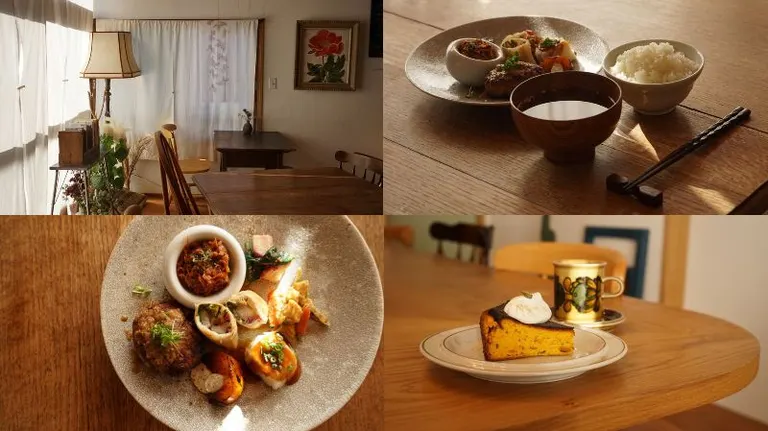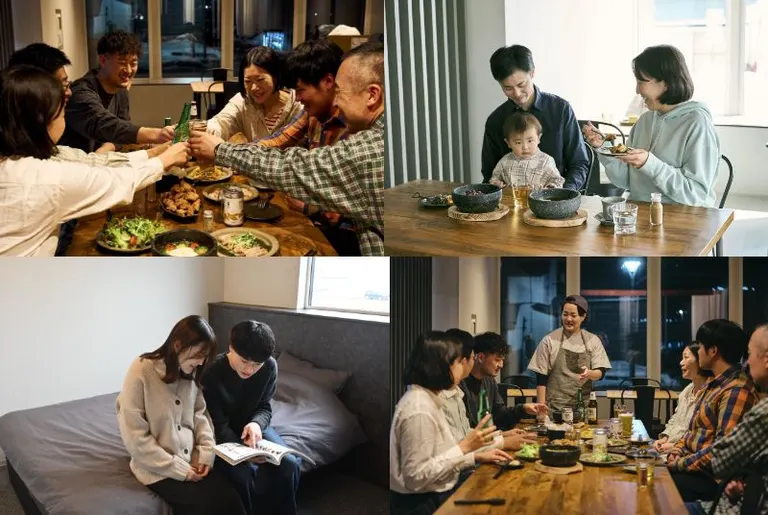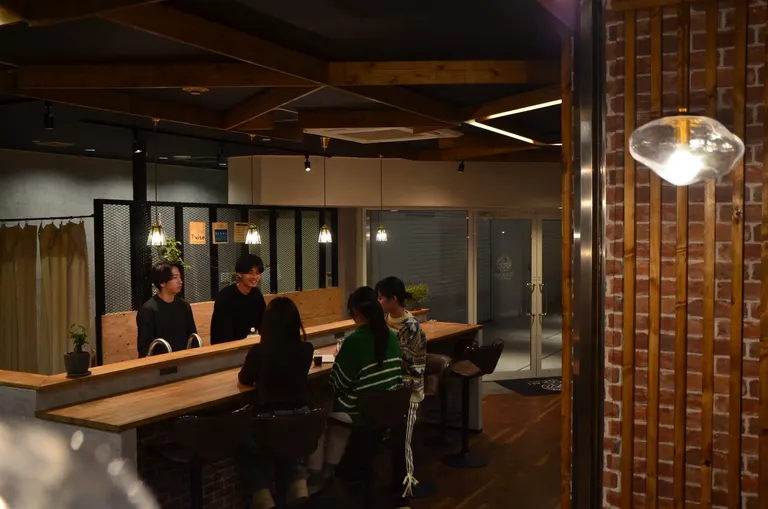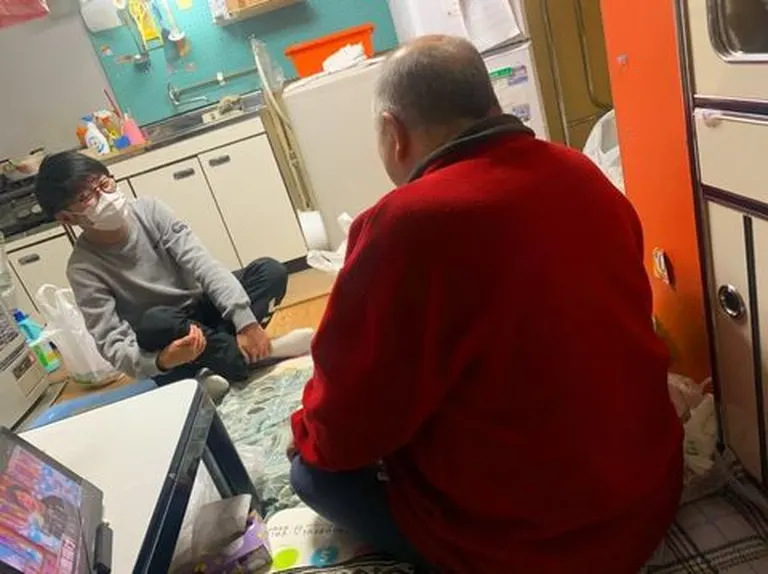
ARTICLES
Community, Welfare, and Young Power. What Ken Washitani, a resident of Tobetsu Town, has been thinking and practicing.
I engage with the community being careful not to come across as supportive."
Tatsuru Washiya is a senior college student studying to become a physical therapist in the town of Tobetsu while working on local welfare issues.
We asked him how he gets involved with local people, something he is able to do because it is not his job.
An Encounter with a Man
Mr. Washiya is originally from Akita Prefecture and first came to Hokkaido when he entered university. In high school, he was a member of a strong baseball team and was active as a player, while also thinking up practice menus and managing the team. There, I found it rewarding to support people and decided to pursue a career in medicine.
Since high school, Mr. Washitani had a vague idea that he wanted to make his community interesting and improve it. He felt the same way not only about his hometown, but also about the town of Tombetsu, where he attends a university.
After entering the Department of Physical Therapy (specializing in rehabilitation), I tried to think and act on my own to see if I could somehow make the community more lively. But there was a period of about a year when things didn't go very well."
When Ms. Washitani was in her second year of college, a welfare official in the town of Tobetsu, who knew of her desire to be active in the community, introduced her to an elderly man.
The encounter with this man clarified Washitani's vision.
The man who introduced me had not been here long since his wife passed away, and since he was an immigrant, he had no ties to the community. He said, 'I don't have much fun every day. I can't live my life laughing.' He said, "I can't live my life laughing.
When I heard this, I was disappointed that I, who had said I wanted to make the community interesting, was not even able to make the people in front of me want to live joyfully. At the same time, I felt doubt about the medical profession, which never engages with the elderly while they are healthy."
Ms. Washitani wanted to explore the doubts and sense of confusion that arose within herself at that time, and wondered if there was anything she could do to help the community and local residents. In order to find answers, he began to visit the home of this elderly person frequently.
Through repeated visits and conversations, I gradually began to understand what they wanted to do.
She wondered if she could work with them to make what they wanted to do come true, and together with students from the same university, she began to do it one at a time.
The joy of the activities and the connections that were formed among the students who worked together convinced me that even students can make life worth living for people in the community."
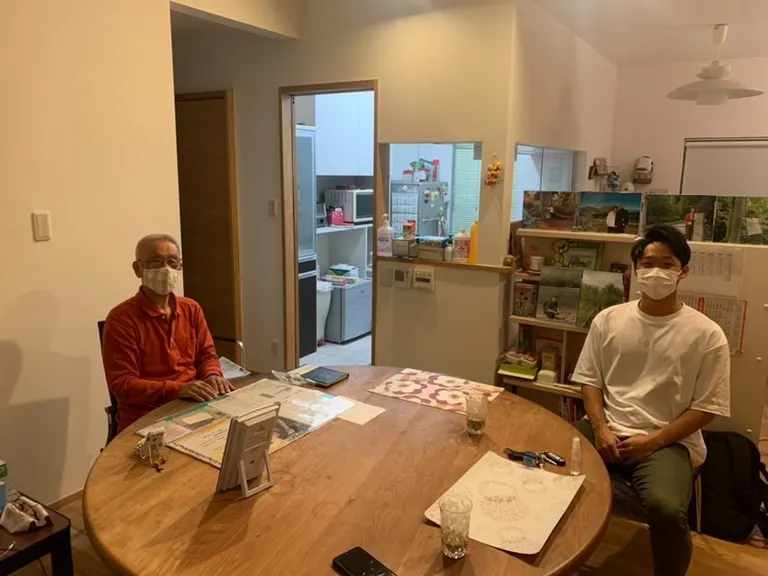
Mr. Washitani with the first man he met
Circle activities made me think about the medical profession
Wanting to expand her activities further, Ms. Washitani established the circle "ONE" in the fall of that year.
The students in the circle, who until then had not been interested in working in the community, were surprised at the gap between the knowledge they had gained from university lectures and practical training at the hospital and the current situation in the community.
We studied at university with the intention of helping people who were injured or ill in the hospital as rehabilitation workers, but when we went out into the community, we couldn't find a purpose in life. But when we went out into the community, we saw grandmothers who couldn't find a purpose in life and grandfathers who didn't want to do rehabilitation because they didn't like exercise."
At the same time, the students and Ms. Washitani began to think, "Are we really doing these people a favor by leaving them alone and doing nothing now?
Through the circle activities, students feel that they want to learn about the thoughts of the people they support and how they have lived their lives, and they want to be close to them.
For example, even if a person in the medical profession recommends moving into a facility, there is absolutely a reason why someone who is too old to live without support would refuse it. When we actually visit them in their homes, they tell us, 'I want to stay in my home because it's where I have memories with my family. I believe it is the job of medical and welfare professionals to understand that there are people with various thoughts and feelings and to think about how to support them to the best of our ability."

Home Visiting Activities
Involved as a human being, not as a supporter
We asked Ms. Washitani to share her thoughts on how to build relationships with people in the community when working as the "ONE" circle.
She said, "The juniors of the Circle have been working with local elementary and junior high school youth sports teams and clubs for about a year and a half now, and I think it's a great way for them to get to know each other. For the first year or so, we were holding injury prevention classes, which weren't going very well, and I thought that with the classroom approach, kids would suddenly be taught about injuries and forget about them the next day.
When I talked to some of the juniors who were working on it, they told me they'd had similar instruction as kids, but had been injured and rehabilitated."
After hearing about the activities of the juniors, Mr. Washitani also juxtaposed them with his own community activities and together they came up with an approach.
The activity they came up with was to exercise and play with children.
By doing so, the relationship became one of people who interacted together, rather than one of those who taught and those who were taught.
We are changing the relationship between "supporters" and "users," which has been the conventional way of rehabilitation and medical care, and we are emphasizing the importance of preventing injuries and illnesses by creating connections between people in the community. We are also committed to "supporting the elderly" in our relationships with the elderly.
In her dealings with the elderly, Ms. Washitani is careful not to be a "supporter.
There are many elderly people who are stubborn with care managers and helpers, so when we visit them at their homes, the social workers sometimes tell us, 'This person is a bit difficult, so be careful. But we are not "supporters"; we are able to treat them as if they were our friends or grandchildren, which I find interesting. When I tell the social workers after my visit what I enjoyed talking with them, they are surprised to the point of being shocked (laughs).
In all her activities, she is conscious of engaging with local people as a human being.
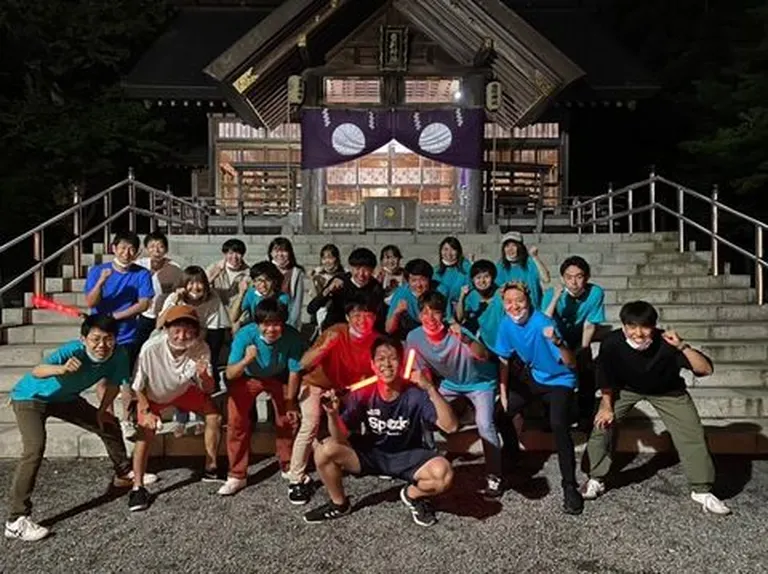
Members of the "ONE" circle
I want to build the community
Ms. Washitani says she would like to continue community building in the field of welfare. She believes that community building means supporting not only those who need assistance, but also the elderly who have nothing to live for.
I believe that by enhancing welfare and staying involved with people in the community on a daily basis, fewer people will be rehabilitated as a result. I still want to work in welfare.
I also want to return to my hometown in Akita someday, but right now I have the support of many local people in Tobetsu-cho as a member of community building, so I want to do everything I can in Tobetsu."
I felt the possibility of involving the people around me and building the community with the power of young people. We look forward to seeing her future activities as she enters the workforce.
Writer Profile
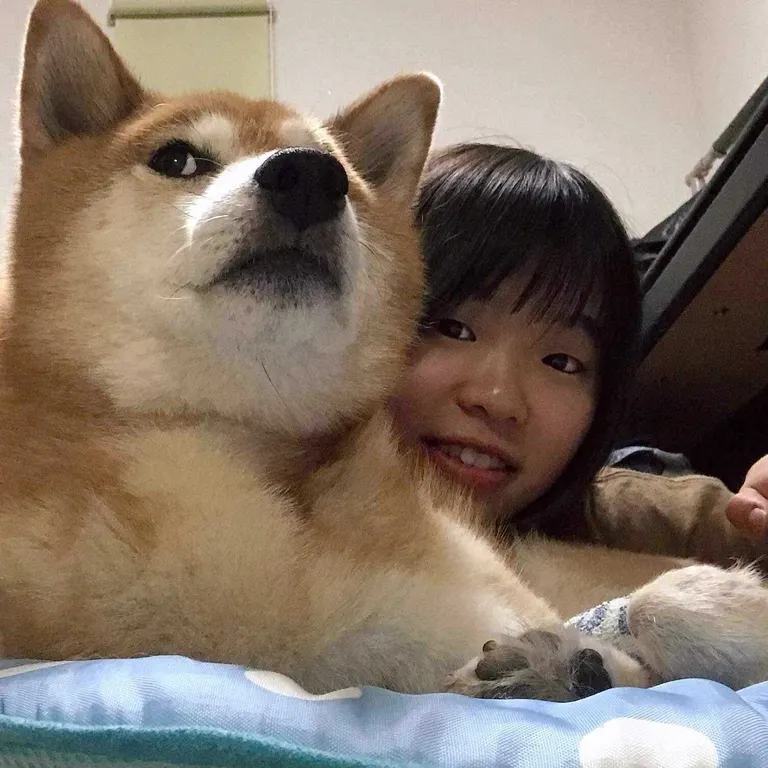 Kaede Shimanuki
Kaede Shimanuki
Born in 1999, she has lived in Kitahiroshima City since the age of 4. From 2018, she is a student at Hokkaido University of Education, Iwamizawa, where she is studying about community revitalization using art.







